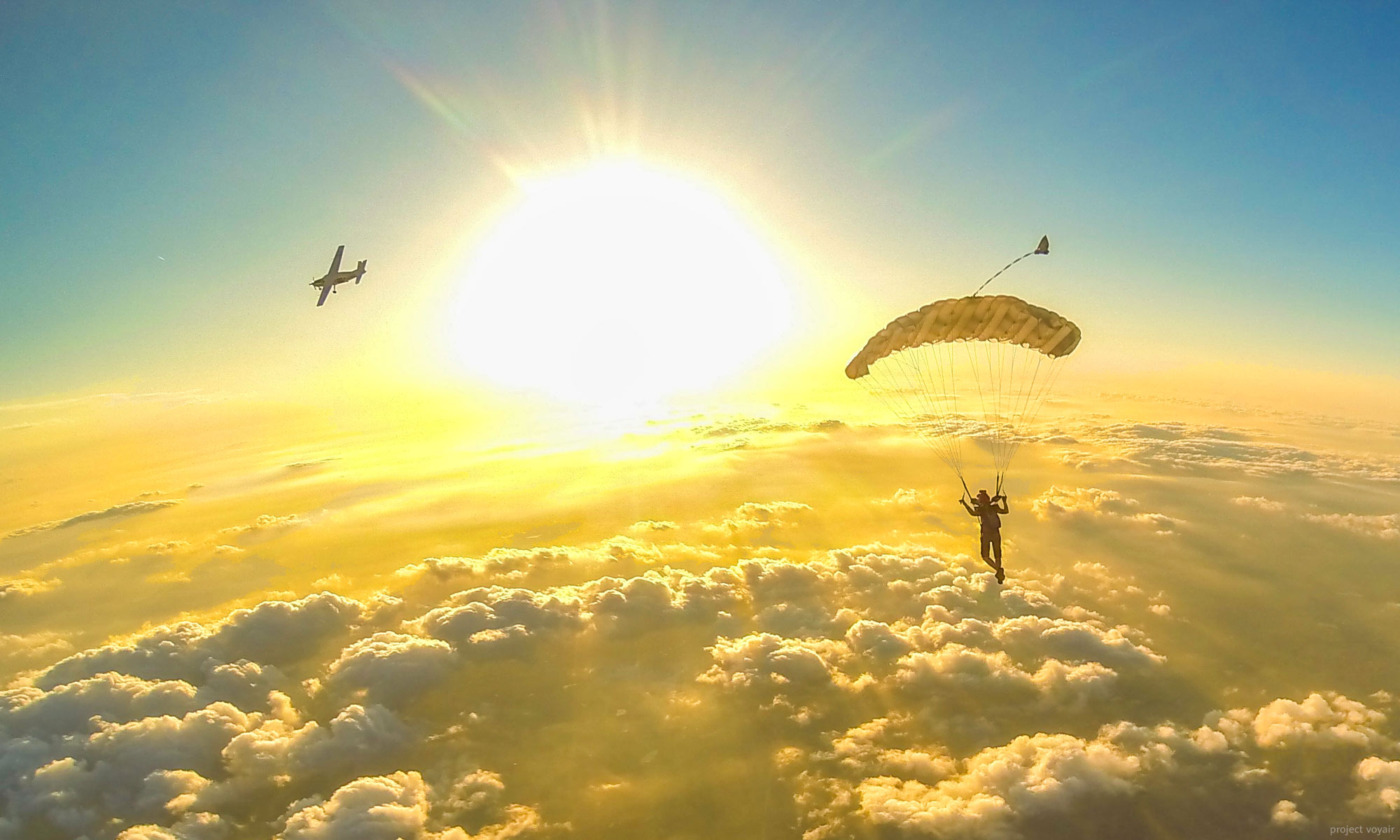Skydive Spaceland Skydiver Training Program: Dive Flow 4 Video
Welcome to Skydive Spaceland’s exclusive, innovative Skydiver Training Program! On your fourth “solo” skydive, wearing your own parachute system, you will practice turns and forward movement. It’s time to start really flying! Previous Dive: Dive Flow 3 Your freefall objectives for this skydive are: Team poised exit Maintaining altitude awareness Arched body position Two 90° turns Forward movement/heading …
Continue reading “Skydive Spaceland Skydiver Training Program: Dive Flow 4 Video”

